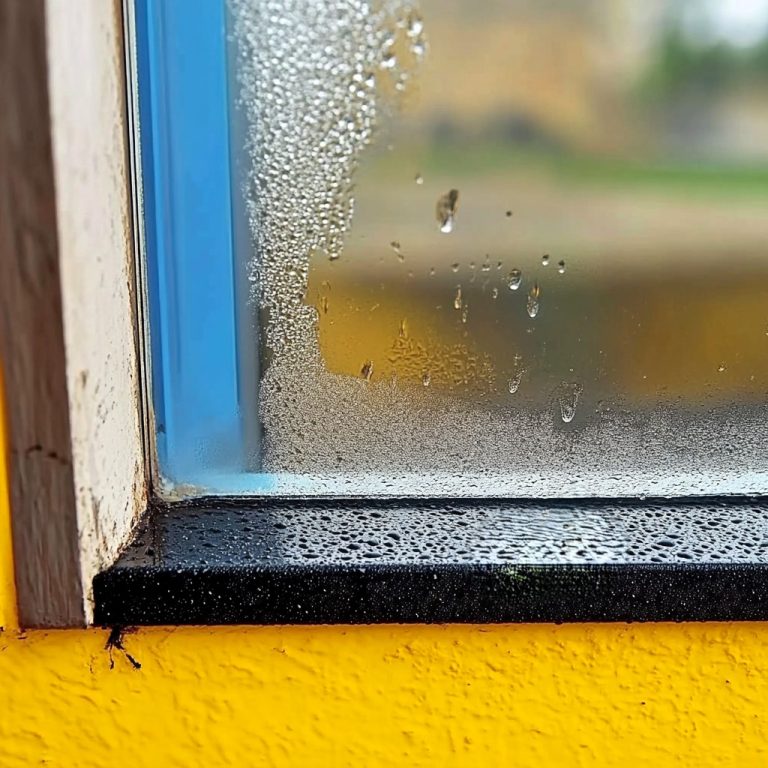ADVERTISEMENT
crucial to address them as soon as possible.
For Complete Cooking STEPS Please Head On Over To Next Page Or Open button (>) and don’t forget to SHARE with your Facebook friends
- Tip: Inspect areas like windowsills, door frames, and plumbing for signs of water damage. Seal any cracks or gaps using caulk or weatherstripping to prevent moisture from seeping into your home.
- Bonus: Check your roof and gutters for leaks that may be causing rainwater to enter your home. Make sure gutters are clear and well-maintained.
6. Use Plants to Absorb Humidity
Certain houseplants are not only beautiful—they can also help absorb moisture from the air and act as natural dehumidifiers. Peace lilies, English ivy, and fern plants are great at reducing humidity.
- Tip: Place these moisture-loving plants in areas with high humidity, such as bathrooms, kitchens, or basements. They will absorb the excess moisture while adding a touch of greenery to your home.
- Bonus: Choose plants that are known for their humidity-absorbing qualities, such as Boston ferns or spider plants, to maximize results.
7. Regularly Clean and Maintain Your AC and Heating Systems
Your air conditioning (AC) and heating systems can also impact humidity levels. If your HVAC system is dirty or improperly maintained, it may contribute to excess moisture in your home.
- Tip: Ensure that your air conditioner’s filters are clean and that the drainage lines are free of clogs. In humid weather, an efficient AC can help regulate indoor humidity levels.
- Bonus: Consider using your heating system during the colder months to help reduce moisture in the air, as warmer air can hold less moisture. Just be sure to keep your heating unit well-maintained.
Final Thoughts
Excess humidity in the home doesn’t have to be a constant problem. By following these 7 simple tips, you can take control of moisture levels in your home and prevent the discomfort and potential health risks that come with high humidity. Whether it’s using a dehumidifier, improving ventilation, or utilizing natural materials like salt and baking soda, these strategies are easy to implement and highly effective.
If you combine several of these tips, you’ll soon notice a significant improvement in the overall comfort and air quality of your home. Say goodbye to musty smells, mold, and excessive moisture, and hello to a fresher, more comfortable living space!
